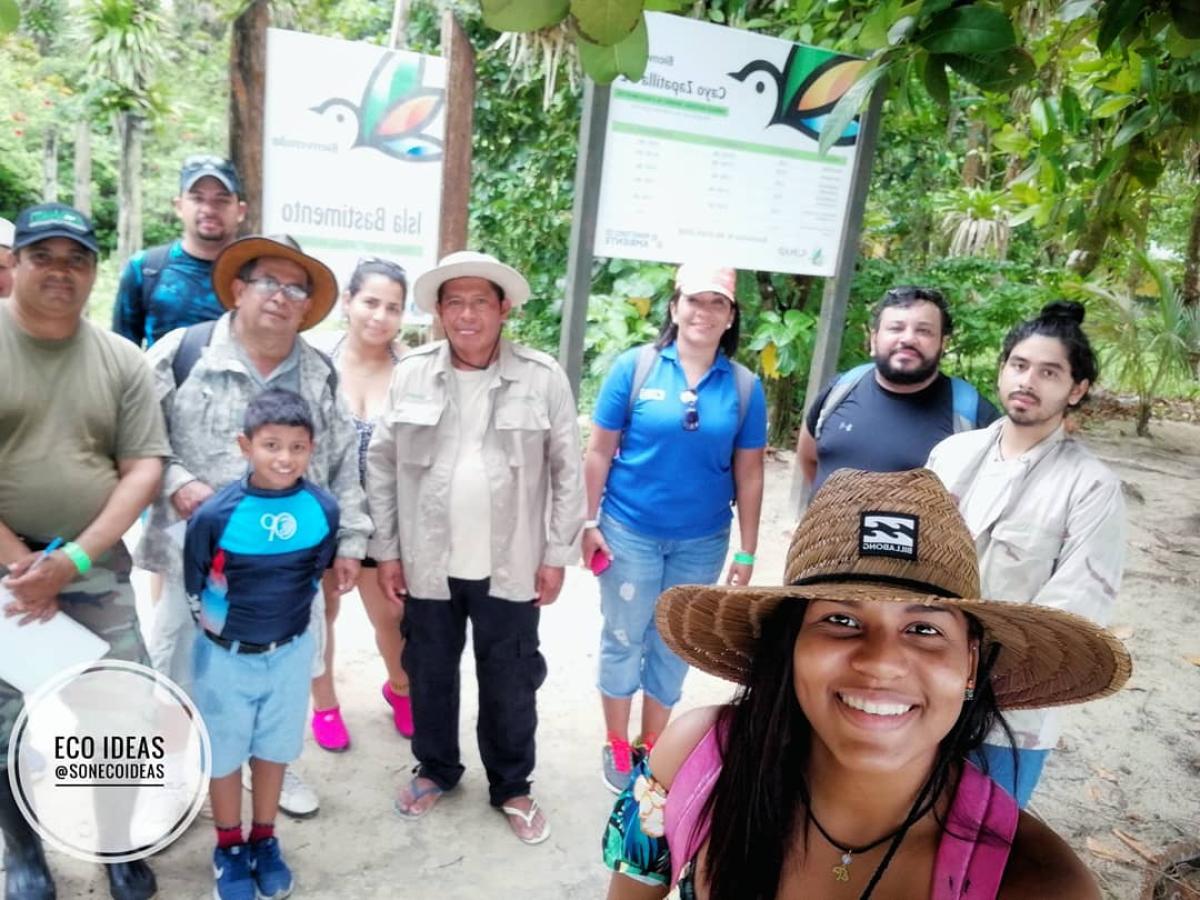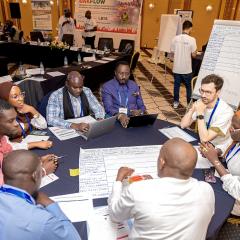
Why Panama Flying Labs Holds All The Funding
August 17th, 2020

We love our setup with Panama Flying Labs, but we can’t take credit for it. In 2017, we had the opportunity to meet with many different experts in Panama to better understand the potential demand for a Panama Flying Labs. This led the IDB Lab, the innovation lab of the Inter-American Development Bank (IADB) to award “us” with a 3-year grant to co-create Panama Flying Labs with the Technical University of Panama. Why “us” in brackets? The answer to this question is the purpose of this blog post.
Our setup with the IDB Lab and the Technical University is such that all the funding goes to the university, which hosts Panama Flying Labs. This is how IDB's program works, and we’re huge fans of this approach. So much so that we’ve been pitching this model to other funding partners for new Flying Labs in different corners of the world.
How does it work?
Panama Flying Labs has full control of the funding, and they contract WeRobotics to produce a clearly defined set of deliverables over the three years. These deliverables were part of the grant proposal we submitted to the IDB Lab based on our lessons learned in co-creating Flying Labs. These lessons are embodied in the Flying Labs model, a decentralization model that shifts power with local experts. “We need designs that not only make space for the landscape to change but that also actively and intelligently participate in shaping that change.” This is how we’ve designed the Flying Labs model. The deliverables for Panama Flying Labs are not written in stone. They’ve been modified with and by Panama Flying Labs to reflect the changing landscape and their priorities. These kinds of “participatory design processes, when they engage a diverse and truly representative public, can reveal blind spots within a field that lacks cultural diversity and is structured by racism, neoliberalism, and colonialism.”
We need designs that not only make space for the landscape to change but that also actively and intelligently participate in shaping that change.
Participatory design processes alone are not enough, however. Shifting power also means shifting control of the funding. This explains why we recently pitched the “IDB Lab model” to another significant donor vis-a-vis Flying Labs in different regions. To our surprise, and despite our best efforts over several months, this donor would not budge. They would not fund the Flying Labs directly even though the Flying Labs would then draw on said funding to contract WeRobotics as needed, just like the model in Panama.
What’s more, this donor was not new to the Flying Labs in question, since they had already funded us to co-create and contract said Flying Labs. We even assured the donor that we would shoulder all the risks around reporting and financial documentation, but they wouldn’t budge. This experience made us appreciate the IDB Lab even more.
WeRobotics alone won’t be able to change the way that traditional donors operate. This is why a coalition of like-minded organizations needs to encourage donors to change their ways. We all need to get with the program to shift power with local experts, and donors have a particularly important responsibility in this regard. They have to learn to let go of control just as we are. We found it fascinating when another donor recently opined that our localization model does not give WeRobotics enough control over Flying Labs. Giving up control is a feature, not a bug in the Flying Labs model. Giving up control doesn’t mean there is no structure. We’ve co-created monitoring and accountability frameworks directly with Flying Labs, for example. And besides, who decides what “enough control” is? Furthermore, why assume bad faith at the start?
We found it fascinating when another donor recently opined that our localization model does not give WeRobotics enough control over Flying Labs. Giving up control is a feature, not a bug in the Flying Labs model. Giving up control doesn’t mean there is no structure.
The way we see it, we either trust the leaders of Flying Labs, or we don’t. In rare cases, this trust is taken advantage of and abused. When this happens, we have well-defined processes to manage the problem quickly and professionally. In just one case out of almost 30 Flying Labs in 5 years, this has resulted in new local leadership taking over the coordination of one Flying Labs. The point is, we design for this because “we need designs that not only make space for the landscape to change but that also actively and intelligently participate in shaping that change."
Recent Articles

